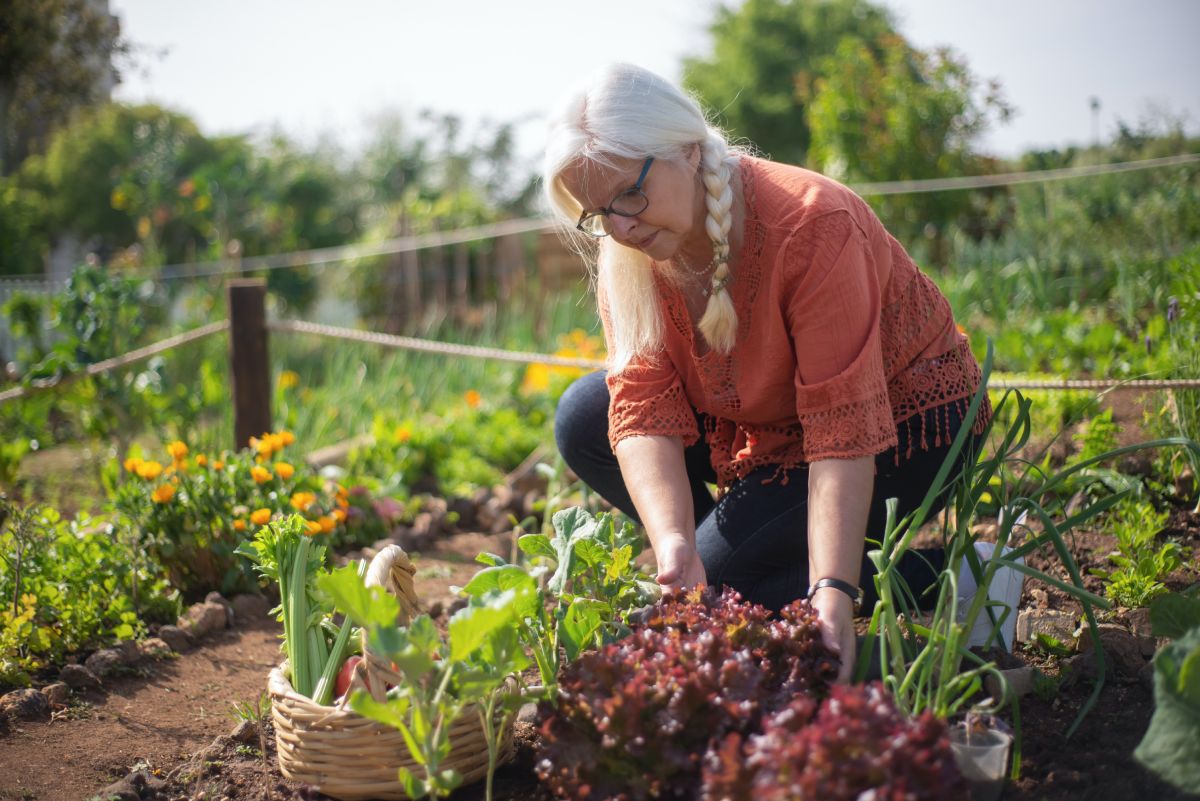Introduction
Certain concepts have proven particularly influential as we explore more sustainable ways to interact with our environment. One such concept is permaculture, a method of agriculture that seeks harmony with nature rather than attempting to dominate it.
Definition of Permaculture
Permaculture is a design system for creating sustainable human environments. Its name, a portmanteau of “permanent agriculture,” indicates its central focus on developing agricultural systems that are ecologically sound and self-sufficient. Coined by Bill Mollison and David Holmgren in the 1970s, the term has since broadened to include “ permanent culture,” acknowledging the vital role social aspects play in sustaining ecological systems.
The ethos of permaculture is rooted in respect for the planet and life in all its forms. This approach fosters a harmonious balance between humans and nature, promoting agricultural methods that are resilient, self-sufficient, and mindful of biodiversity.
The Intersection of Permaculture and Sustainable Agriculture
Permaculture intersects with sustainable agriculture in its dedication to maintaining ecological balance. Sustainable agriculture aims to satisfy food and fiber needs, enhance environmental quality, make the most efficient use of non-renewable resources, sustain the economic viability of farms, and enhance the quality of life for farmers and society.
Permaculture practices are an effective blueprint for sustainable agriculture. Its principles, such as designing from patterns to details, using renewable resources, and integrating rather than segregating, underpin many successful sustainable farming methods.
Moreover, permaculture’s ethical foundation—care for the earth, care for people, and fair share—reflects the holistic ambitions of sustainable agriculture. It emphasizes the importance of environmentally sound practices and the value of a socially just and equitable food system.
Overview of Blog Post Content
In this blog post, we will delve deeper into the principles and ethics of permaculture, its role in sustainable agriculture, and various permaculture techniques. We’ll examine case studies demonstrating its successful application in different settings, discuss the benefits and challenges of implementing permaculture, and provide guidance on starting your permaculture journey.
By shedding light on the significance of permaculture in sustainable agriculture, we encourage readers to appreciate this holistic approach to farming and consider its potential to transform our relationship with the land. In the face of growing environmental challenges, embracing permaculture is more than a trend; it is a necessity for the sustainable future of our planet.
Understanding Permaculture: Principles and Ethics
Permaculture isn’t just a methodology; it’s a philosophy, a way of viewing the world and our place. To fully grasp the essence of permaculture and its impact on sustainable agriculture, one must understand its core ethics and guiding principles.
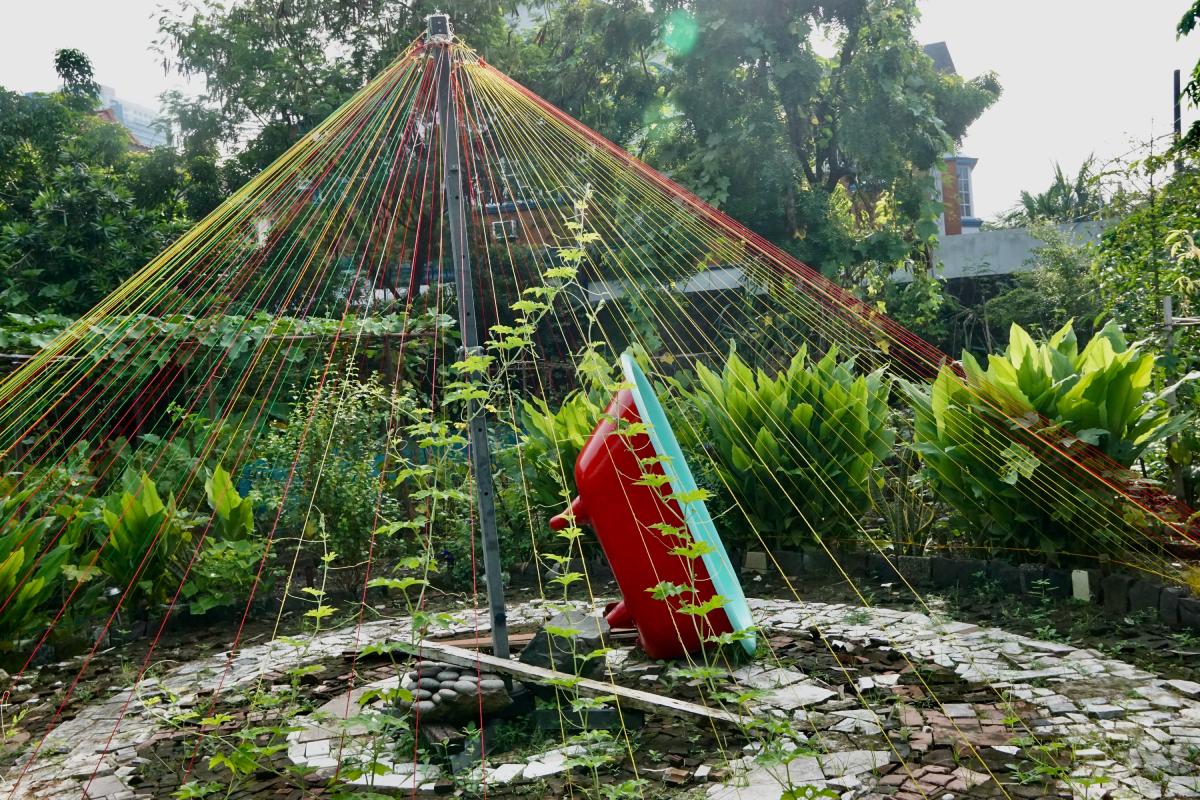
The Three Core Ethics of Permaculture
At the heart of permaculture are three fundamental ethics that shape its perspective and practices:
- Care for the Earth: Recognizing the Earth as the source of all life and striving to preserve its resources and ecosystems.
- Care for People: Prioritizing community health and well-being, advocating for sustainable livelihoods, and promoting self-reliance and resilience.
- Fair Share: Encouraging equitable distribution of resources, limiting consumption, and reinvesting surpluses to benefit the Earth and its inhabitants.
These ethics serve as the moral framework for permaculture, promoting a symbiotic relationship between people and nature where both can flourish.
Key Principles of Permaculture Design
The principles of permaculture design provide practical guidance for implementing its ethics. They encompass a broad spectrum of considerations, from observing and interacting with the environment to creatively using and responding to change. Some of these principles include:
- Observe and Interact: We can design solutions that suit our particular situation by engaging with nature.
- Catch and Store Energy: Developing systems to collect resources when they are abundant for use in times of need.
- Use and Value Renewable Resources and Services: Making the best use of nature’s bounty to reduce our consumptive behavior and dependence on non-renewable resources.
- Produce No Waste: Valuing and making use of all the resources that are available to us, leaving no waste.
How Permaculture Ethics and Principles Guide Sustainable Practices
Permaculture’s ethics and principles are deeply intertwined with sustainable practices. The focus on care for the Earth and people naturally aligns with sustainability goals, encouraging stewardship of the environment and societal well-being. Moreover, fair share aligns with sustainable development goals by advocating for equality and social justice.
The design principles of permaculture provide practical ways to implement sustainability daily. For instance, the principle of catching and storing energy manifests in using renewable energy sources, and the no-waste principle aligns with waste reduction and recycling strategies.
Through its ethics and principles, permaculture provides a blueprint for sustainable living and farming. It redefines our relationship with the environment from one of exploitation to one of cooperation and mutual benefit. We can move toward a more sustainable and resilient future by understanding and applying these ethics and principles.
The Role of Permaculture in Sustainable Agriculture
Permaculture is instrumental in sustainable agriculture, providing an ecological design system that promotes resilient and productive landscapes while preserving natural resources. Its principles and practices specifically target some of the most critical areas in agriculture, including soil health, water conservation, and biodiversity.

Improving Soil Health and Fertility
Healthy, fertile soil is the foundation of a productive agricultural system. In permaculture, the soil is viewed as a living system, with microorganisms contributing to its fertility.
- Composting and Mulching: Composting returns valuable nutrients to the soil and improves its structure, allowing it to hold water more effectively. Conversely, Mulching protects the soil surface, suppresses weeds, and provides a habitat for beneficial insects.
- Crop Rotation and Polycultures: Permaculture practices such as crop rotation and polycultures enhance soil fertility. By growing different types of plants in the same space over time, soil health is maintained and improved.
Conserving Water Resources
Water is an indispensable resource in agriculture, and permaculture strongly emphasizes its sustainable use.
- Water Catchment and Storage: This involves designing landscapes to slow, spread, and sink rainwater, maximizing its infiltration into the soil and reducing dependency on irrigation.
- Swales and Keyline Design: These are land-shaping techniques used in permaculture to guide water across landscapes, increasing its availability to plants and replenishing groundwater supplies.
Promoting Biodiversity
Biodiversity is a crucial component of resilient ecosystems. It helps to control pests, pollinate plants, and maintain soil fertility.
- Polycultures and Forest Gardens: Instead of vast monocultures, permaculture promotes diverse plantings, such as polycultures and forest gardens, which mimic natural ecosystems and encourage various species to coexist.
- Wildlife Corridors and Habitat Creation: Permaculture designs often include wildlife corridors and dedicated habitats for beneficial insects, birds, and other creatures, enhancing local biodiversity.
Permaculture’s holistic approach addresses the key challenges of sustainable agriculture. Improving soil health, conserving water, and promoting biodiversity help build resilient, productive, and sustainable farming systems. As we confront the pressures of a changing climate and a growing global population, the role of permaculture in sustainable agriculture will only become more significant.
Permaculture Techniques in Sustainable Agriculture
Permaculture offers a host of innovative techniques to promote sustainability in agriculture. These methods merge ecological wisdom with modern science, paving the way for more resilient and productive farming systems. This section will delve into forest gardening, aquaponics, and unique designs such as keyhole gardens and Hügelkultur.
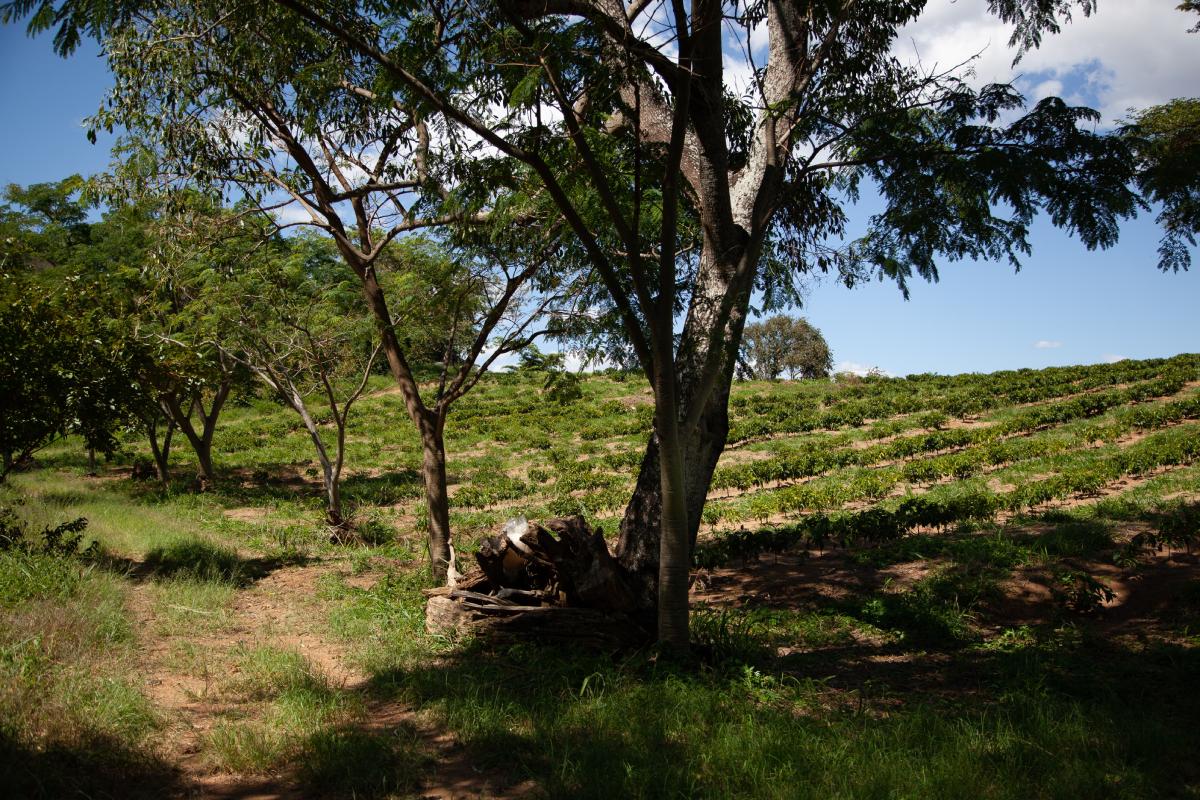
Forest Gardening and Agroforestry
Permaculture leans heavily on emulating natural systems; forest gardening is a prime example. In this design, layers of vegetation, from towering canopy trees to ground-hugging plants, mimic the diversity and resilience of natural forests.
- Biodiversity and Resilience: Forest gardens are diverse, hosting a mix of trees, shrubs, and herbaceous plants that work together symbiotically, enhancing overall ecosystem health and resilience.
- Agroforestry: This technique merges forestry and agriculture, combining trees with crops and/or livestock. Agroforestry systems are more resilient and provide improved soil health, carbon sequestration, and diversified farm income benefits.
Aquaponics and Aquaculture
Aquaponics is an innovative permaculture technique that combines aquaculture (raising aquatic animals) with hydroponics (growing plants in water).
- Efficiency and Productivity: Aquaponics systems are remarkably efficient, recycling fish waste as fertilizer for plants, which clean the fish’s water. These systems can produce high yields in a small footprint and with minimal water use.
- Aquaculture: Permaculture also involves sustainable aquaculture, using ponds and natural water bodies to raise fish and other aquatic species. These systems can be designed to promote biodiversity, water conservation, and soil health.
Keyhole Gardens and Hügelkultur
Unique garden designs are a hallmark of permaculture, and two examples are keyhole gardens and Hügelkultur.
- Keyhole Gardens: This design minimizes space while maximizing accessibility. Its keyhole shape allows gardeners to reach all parts of the garden with less effort. It often incorporates composting at its center, ensuring rich, fertile soil.
- Hügelkultur: This practice involves burying decaying wood to create raised garden beds. As the wood decomposes, it improves soil fertility and water retention, promoting healthy plant growth.
Through these techniques, permaculture provides practical and effective solutions for sustainable agriculture. From mimicking natural forests to recycling aquatic waste, it offers a toolkit of methods that align with nature while advancing productivity and resilience. Each of these practices has the potential to contribute significantly to a more sustainable, regenerative agricultural future.
Case Studies of Permaculture in Sustainable Agriculture
Permaculture’s diverse techniques and principles have been successfully applied across various scales and contexts, demonstrating its adaptability and effectiveness. This section explores three case studies: small-scale farms, urban environments, and large-scale agricultural settings. Each offers a unique perspective on the application of permaculture in sustainable agriculture.
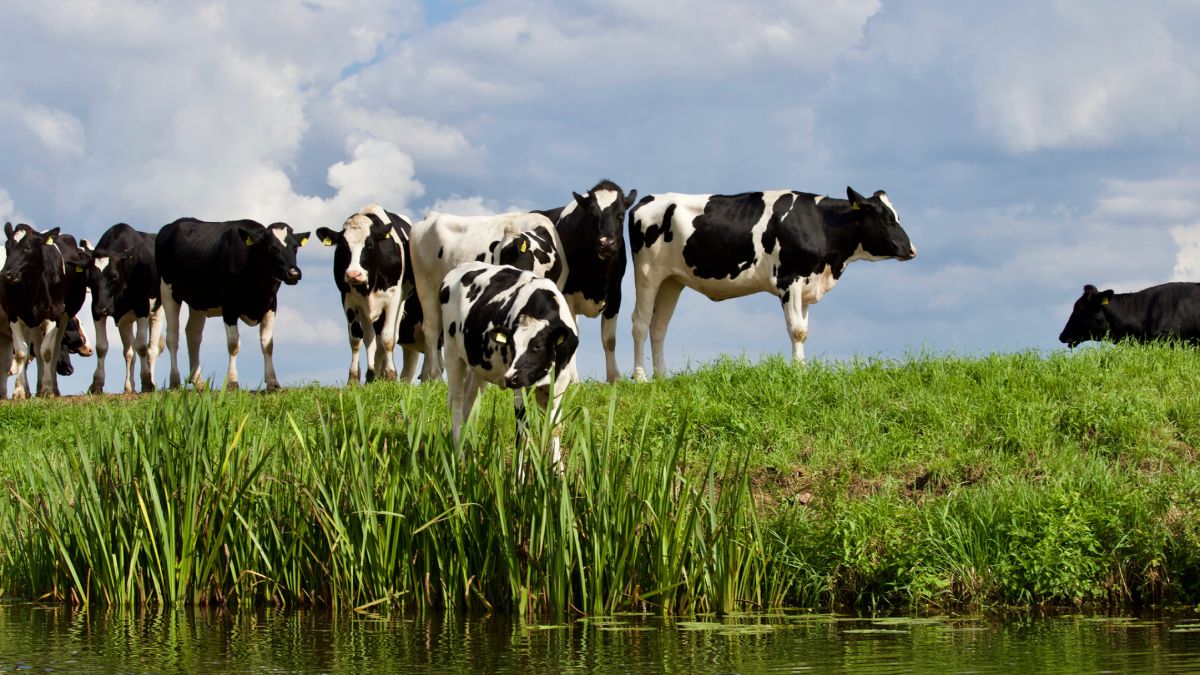
Permaculture in Small-Scale Farms
Small farms and homesteads often exemplify the spirit of permaculture, creating intensive, biodiverse systems on a compact scale.
-
Edible Landscapes: A small farm in Vermont, USA, uses forest gardening techniques to create an edible landscape, intertwining fruit trees, berry bushes, and many perennial vegetables. This design mimics natural ecosystems, promotes biodiversity, and reduces the need for external inputs.
-
Agroforestry in Practice: Another example comes from a farm in New South Wales, Australia, which applies agroforestry principles, integrating sheep grazing with tree crops. The design maximizes the use of space, improves soil health, and provides multiple income streams.
Urban Permaculture Examples
Urban environments can greatly benefit from permaculture, transforming unproductive spaces into green, food-producing oases.
- Greening the City: In San Francisco, USA, the Permaculture Demo Garden is a testament to urban permaculture, incorporating food production, water conservation, and community-building within a compact city lot.
- Rooftop Gardens: In Tokyo, Japan, permaculture principles have guided the design of rooftop gardens, turning previously underutilized spaces into productive, biologically diverse environments.
Large-Scale Agricultural Implementations
While often associated with small-scale projects, permaculture offers much for large-scale farming operations.
-
Regenerative Agriculture: A farm in North Dakota, USA, has adopted permaculture and regenerative farming practices over thousands of acres, using cover crops, diverse crop rotations, and no-till methods to enhance soil health, conserve water, and increase biodiversity.
-
Aquaponics on the Large Scale: An enterprise in Spain has set up a commercial-scale aquaponics system. It combines fish farming with cultivating herbs and leafy greens, demonstrating how this innovative technique can be scaled up to provide local, sustainably produced food.
These case studies show how permaculture is more than just a concept; it’s a practical, adaptable framework for sustainable agriculture. From small urban gardens to large rural farms, permaculture principles and techniques can create more sustainable, resilient, and productive agricultural systems.
Benefits of Permaculture in Sustainable Agriculture
Permaculture’s profound effects stretch far beyond the farm or garden boundaries. It offers many environmental, socio-economic, and health benefits. It is a holistic solution to many of today’s pressing agricultural challenges. In this section, we’ll delve into these benefits in more detail.
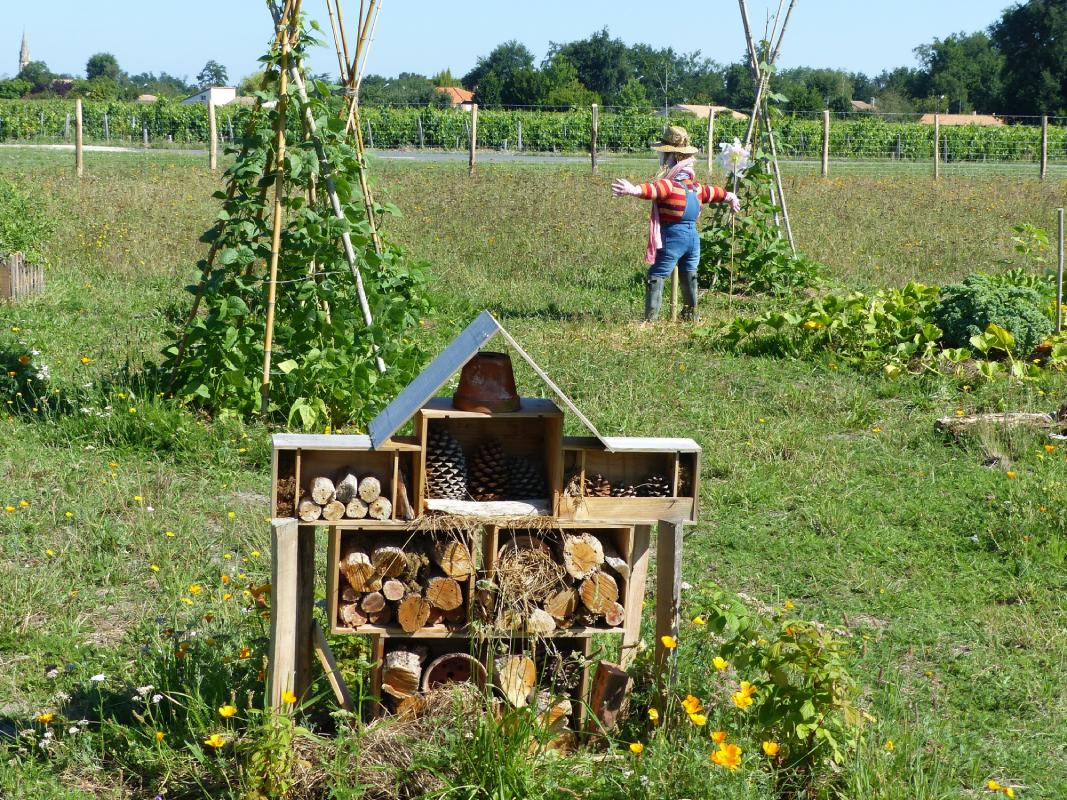
Environmental Benefits
Permaculture’s principles of sustainable design have the potential to deliver significant environmental benefits:
- Biodiversity Enhancement: By mimicking nature’s complexity, permaculture promotes biodiversity, providing a habitat for many plant and animal species.
- Soil Health: Permaculture techniques such as composting, mulching and crop rotation improve soil health, enhance fertility, and increase its capacity to store carbon, aiding the fight against climate change.
- Water Conservation: Permaculture designs aim to slow, store, and spread water, reducing irrigation needs and preventing water runoff and erosion.
Socio-Economic Benefits
The adoption of permaculture can also lead to positive socio-economic impacts:
- Community Building: Many permaculture projects are community-driven, fostering local networks, encouraging cooperation, and strengthening community bonds.
- Economic Resilience: By creating diverse, productive systems, permaculture can offer multiple streams of income and food security, boosting economic resilience.
- Skills and Knowledge Transfer: Permaculture education empowers individuals with practical skills and knowledge in sustainable living and farming, contributing to capacity building and local self-reliance.
Health and Nutritional Benefits
Finally, permaculture has the power to enhance health and nutrition:
- Healthy Foods: Permaculture farms produce diverse fresh, nutrient-rich foods contributing to a balanced diet and improved health.
- Reduced Chemical Exposure: By eliminating synthetic fertilizers and pesticides, permaculture helps reduce exposure to harmful chemicals, protecting farmers and consumers.
- Connection with Nature: Engaging with permaculture practices fosters a deeper connection with nature, contributing to improved mental and physical well-being.
By intertwining agricultural productivity with environmental stewardship, community engagement, and health promotion, permaculture is a comprehensive approach to sustainable agriculture. Its benefits extend beyond the scope of traditional farming methods, underscoring its role as a cornerstone of truly sustainable agricultural systems.
Challenges and Solutions in Implementing Permaculture
Despite the undeniable advantages of permaculture, its implementation is challenging. However, these hurdles can be effectively overcome with adequate knowledge, resources, and determination. Let’s look at some common issues encountered in implementing permaculture and explore strategies to tackle them.

Common Challenges in Implementing Permaculture
There are several obstacles that individuals or communities may face when adopting permaculture practices:
- Initial Costs: Setting up a permaculture system can be capital-intensive, especially for larger projects involving ponds, earthworks, or greenhouses.
- Knowledge and Skills: Permaculture design requires diverse knowledge and skills. For beginners, it can feel overwhelming.
- Time: Permaculture systems are designed to mimic nature’s patterns, which requires patience. The benefits are often only apparent after some time.
- Cultural and Social Barriers: In some communities, conventional agricultural practices are deeply rooted, and promoting a shift towards permaculture can be challenging.
Solutions and Strategies for Overcoming Challenges
While these challenges may seem daunting, they’re not insurmountable. Here are some strategies to overcome them:
- Collaborative Efforts: Pooling resources and working together as a community can help manage the initial costs of setting up a permaculture system.
- Education and Training: Various resources are available for learning about permaculture, ranging from books and online courses to workshops and mentorship programs.
- Start Small: Begin with manageable projects, learn from the experience, and gradually expand your permaculture endeavors.
- Community Engagement: Use demonstration sites, community projects, and educational events to engage the community and promote the benefits of permaculture.
Resources for Learning More About Permaculture
Ready to take the next step in your permaculture journey? Here are some resources to get you started:
- Books: “Permaculture: A Designer’s Manual” by Bill Mollison and “Gaia’s Garden: A Guide to Home-Scale Permaculture” by Toby Hemenway are excellent starting points.
- Online Courses: Coursera, Udemy, and Permaculture Design Course offer comprehensive online permaculture courses.
- Local Workshops and Courses: Check for local permaculture associations offering workshops, courses, or mentorship opportunities.
- Online Communities: Join permaculture forums, social media groups, and online communities to connect with like-minded individuals and experienced permaculturists.
In conclusion, while permaculture implementation has its share of challenges, the benefits make it worthwhile. With the right approach, resources, and commitment, you can overcome these hurdles and contribute to the movement toward sustainable agriculture.
How to Get Started with Permaculture
Having explored permaculture’s meaning, benefits, and challenges, it’s time to delve into how one can get started with it. From planning your permaculture garden to involving the community in your endeavors, let’s walk through the steps to embarking on your permaculture journey.
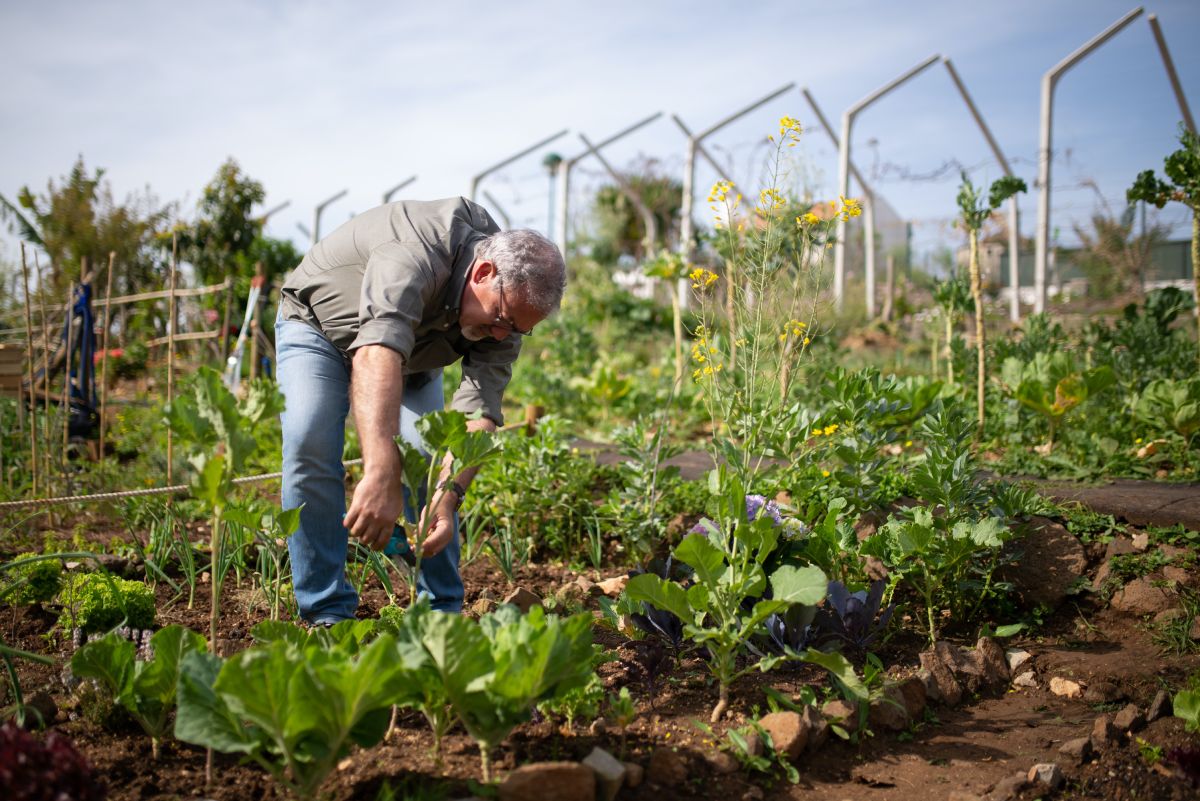
Planning Your Permaculture Garden
Starting your permaculture garden requires a well-thought-out plan. Observe your space and consider climate, sun exposure, soil type, and water sources. Think about what plants are suitable for your climate and which work well together – this concept is called companion planting. A well-designed permaculture garden strives for self-sufficiency, resilience, and diversity like a natural ecosystem.
Transitioning from Traditional to Permaculture Farming
Transitioning from conventional agriculture to permaculture can seem daunting but is entirely achievable with the right steps:
- Start Small: Don’t feel the need to overhaul your entire farm at a time. Begin with a small section and learn as you go.
- Understand Permaculture Principles: These will guide your design and practices. Understand the ethics and principles of permaculture before implementing them.
- Design for Success: Remember the saying, “Design from patterns to details.” Look at the big picture first before drilling down into the finer points.
- Observe and Adapt: Permaculture is about working with nature, which means learning from it and adapting your methods as necessary.
Community Involvement and Support in Permaculture
Community involvement can make your transition to permaculture more enjoyable and more successful. Community-supported agriculture schemes are a popular way for people to support their local farms and learn about permaculture firsthand. Such initiatives foster a sense of community and provide hands-on education and direct exposure to permaculture practices.
Furthermore, consider joining a local permaculture group. These are fantastic for networking, gaining advice, and learning from others’ experiences. You could also participate in a ‘Permablitz,’ where a group of people comes together to implement a permaculture design in one day – it’s hard work. Still, it’s also a lot of fun and a great learning opportunity!
In essence, starting your journey into permaculture involves: Careful planning. A steady transition from conventional methods. The fostering of community involvement. Remember, permaculture is more than just a set of agricultural techniques – it’s a philosophy that encourages us to live in harmony with nature, and that’s a journey that takes time.
Conclusion
With its vast possibilities and potential, Permaculture represents an effective approach to sustainable agriculture. As we wrap up this exploration, it’s time to reiterate the key points discussed and look toward the future of permaculture in the global agricultural landscape.

Recap of the Significance of Permaculture in Sustainable Agriculture
Permaculture is more than just an agricultural method—it’s a lifestyle. This philosophy advocates for a symbiotic relationship with the natural world. From its core ethics to the practical implementation of various techniques, permaculture provides a holistic, sustainable approach to agriculture. It supports soil health, water conservation, biodiversity, and sustainable resource use, offering environmental, socio-economic, and health benefits.
The Future Potential of Permaculture
The future of permaculture is promising. With growing recognition of its benefits and increasing global consciousness toward sustainable practices, permaculture has the potential to substantially shape the future of agriculture. It provides solutions to many of the challenges conventional agriculture faces. It offers a path toward resilience in the face of climate change.
We expect to see more integration of permaculture principles in urban design, education, and public policy. The rise of technologies like permaculture design software and the spread of permaculture through social media and online courses will also make these methods more accessible to a broader audience.
Encouraging Readers to Embrace Permaculture
To all the readers, your journey towards embracing permaculture could start today. Remember, permaculture isn’t just for farmers—it’s for anyone interested in living a more sustainable life. You could create a small permaculture garden, participate in local community-supported agriculture, or even take a permaculture design course.
No matter how small, every step you take contributes to a more sustainable world. Whether you’re motivated to live sustainably, eat healthier food, or contribute to a more resilient local community, embracing permaculture will support these goals.
Permaculture is more than a system of agricultural practices; it’s a worldview, a movement, and a way of life that seeks to create a sustainable and just world. The seeds of change are in your hands. It’s up to each of us to plant them.

